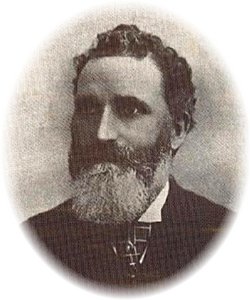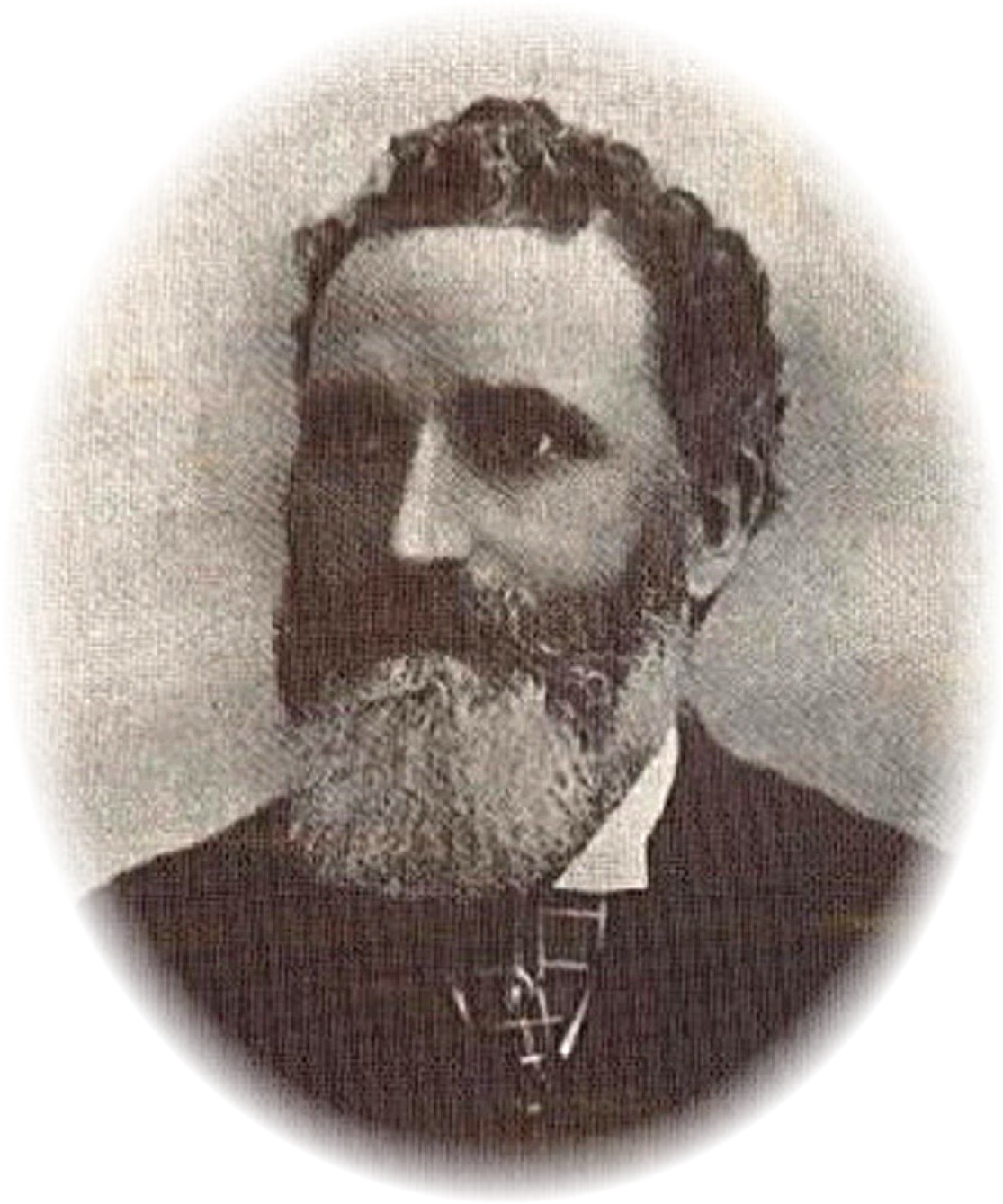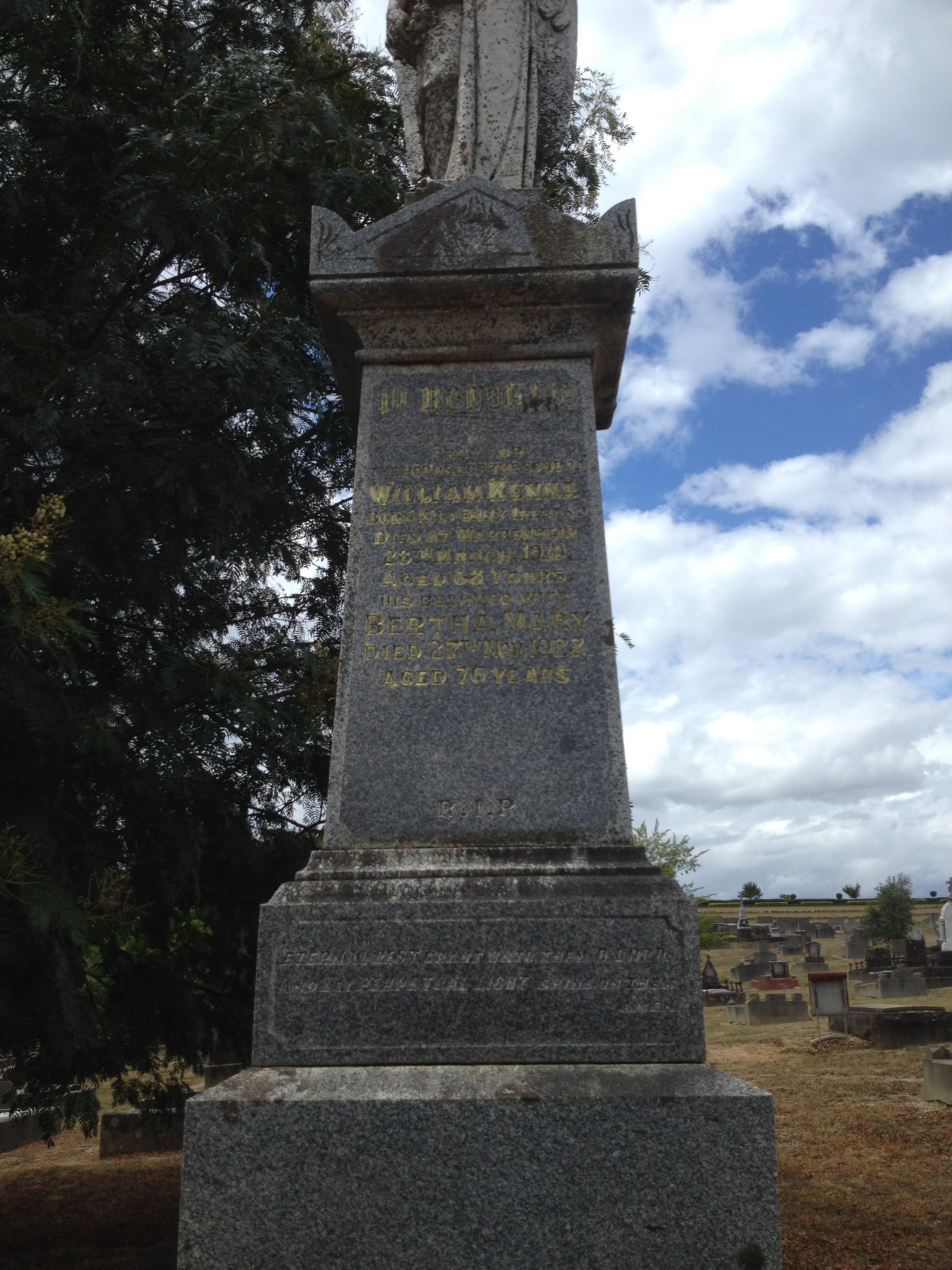Throughout the civil war the Nashville and Chattanooga was taxed to capacity by transporting troops, munitions and supplies for first the Confederate, and then for the Union armies. After the fall of Nashville in February 1862 to Union forces, the northern portion of the Nashville and Chattanooga Railroad came under the
page
complete control of the U.S. Army; while Vernon K. Stevenson and Edmund Cole operated the portion of the railroad located in Confederate-held territory. The Nashville and Chattanooga was used to transport Union army supplies, stockpiled in Louisville. Confederate cavalry conducted several skirmishes in efforts to destroy the important rail connection. The Union army attempted to protect the line by constructing several blockhouses and stockades along the railroad, fortifications like Fortress Rosecrans in Murfreesboro. It also spent considerable time in repairing torn-up rails. The railroad also had a critical role in supplying Union forces in the battles of Chickamauga, Lookout Mountain, Chattanooga, and ultimately General William T. Sherman's Atlanta Campaign. By acquiring connecting lines after the civil war, the Nashville and Chattanooga by 1873 evolved into the Nashville, Chattanooga & St. Louis Railway (NC&StL).
In 1864 William Kenna, vacated his job with the railroad and migrated to Victoria, Australia. William Kenna died at 68 years of age at his residence in Warrenheip, Victoria on March 28, 1910; after ailing for many months; one newspaper source, however, stated he died on April 28th. He was still a brewer and had been in Melbourne receiving medical aid, but shortly after returning home he was seized with paralysis of the spine.
The Kenna's interred in the Ballarat Cemetery include; Unnamed Kenna (SB), Alexander (SB), Andrew Michael Andrew Michael buried 11/1/1888 (14 mo.), Benjamin James Benjamin buried 2/5/1897 (24 yrs), Bertha (76 yrs), Joseph Brian (67 yrs), Francis (56 yrs), Alice (SB), Cornelius (75 yrs), Dennis Patrick buried 11/12/1899, Brewer (28 yrs), George (6 mo.), George, Gwendoline (20 mo), Isabella Jane (68 yrs), Jerry (35 yrs), Kenna buried 21/1/1889 (SB), Kennedy (52 yrs), Leonard M. buried 6/8/1898 (15 yrs), Leonard William (61 yrs), Lorraine Edna (58 yrs), Lorraine Edna (2nd., 58 yrs), Marianne Kathleen (19 yrs), Mary (42 yrs), Mary (another 44 yrs), Mary (third 83 yrs), Mary Ann (82 yrs), Richard (36 yrs), Thomas (77 yrs), William (68 yrs) and William Joseph buried 20/3/1898 (27 yrs).
Throughout the civil war the Nashville and Chattanooga was taxed to capacity by transporting troops, munitions and supplies for first the Confederate, and then for the Union armies. After the fall of Nashville in February 1862 to Union forces, the northern portion of the Nashville and Chattanooga Railroad came under the
page
complete control of the U.S. Army; while Vernon K. Stevenson and Edmund Cole operated the portion of the railroad located in Confederate-held territory. The Nashville and Chattanooga was used to transport Union army supplies, stockpiled in Louisville. Confederate cavalry conducted several skirmishes in efforts to destroy the important rail connection. The Union army attempted to protect the line by constructing several blockhouses and stockades along the railroad, fortifications like Fortress Rosecrans in Murfreesboro. It also spent considerable time in repairing torn-up rails. The railroad also had a critical role in supplying Union forces in the battles of Chickamauga, Lookout Mountain, Chattanooga, and ultimately General William T. Sherman's Atlanta Campaign. By acquiring connecting lines after the civil war, the Nashville and Chattanooga by 1873 evolved into the Nashville, Chattanooga & St. Louis Railway (NC&StL).
In 1864 William Kenna, vacated his job with the railroad and migrated to Victoria, Australia. William Kenna died at 68 years of age at his residence in Warrenheip, Victoria on March 28, 1910; after ailing for many months; one newspaper source, however, stated he died on April 28th. He was still a brewer and had been in Melbourne receiving medical aid, but shortly after returning home he was seized with paralysis of the spine.
The Kenna's interred in the Ballarat Cemetery include; Unnamed Kenna (SB), Alexander (SB), Andrew Michael Andrew Michael buried 11/1/1888 (14 mo.), Benjamin James Benjamin buried 2/5/1897 (24 yrs), Bertha (76 yrs), Joseph Brian (67 yrs), Francis (56 yrs), Alice (SB), Cornelius (75 yrs), Dennis Patrick buried 11/12/1899, Brewer (28 yrs), George (6 mo.), George, Gwendoline (20 mo), Isabella Jane (68 yrs), Jerry (35 yrs), Kenna buried 21/1/1889 (SB), Kennedy (52 yrs), Leonard M. buried 6/8/1898 (15 yrs), Leonard William (61 yrs), Lorraine Edna (58 yrs), Lorraine Edna (2nd., 58 yrs), Marianne Kathleen (19 yrs), Mary (42 yrs), Mary (another 44 yrs), Mary (third 83 yrs), Mary Ann (82 yrs), Richard (36 yrs), Thomas (77 yrs), William (68 yrs) and William Joseph buried 20/3/1898 (27 yrs).
Family Members
Sponsored by Ancestry
Advertisement
Explore more
Sponsored by Ancestry
Advertisement






